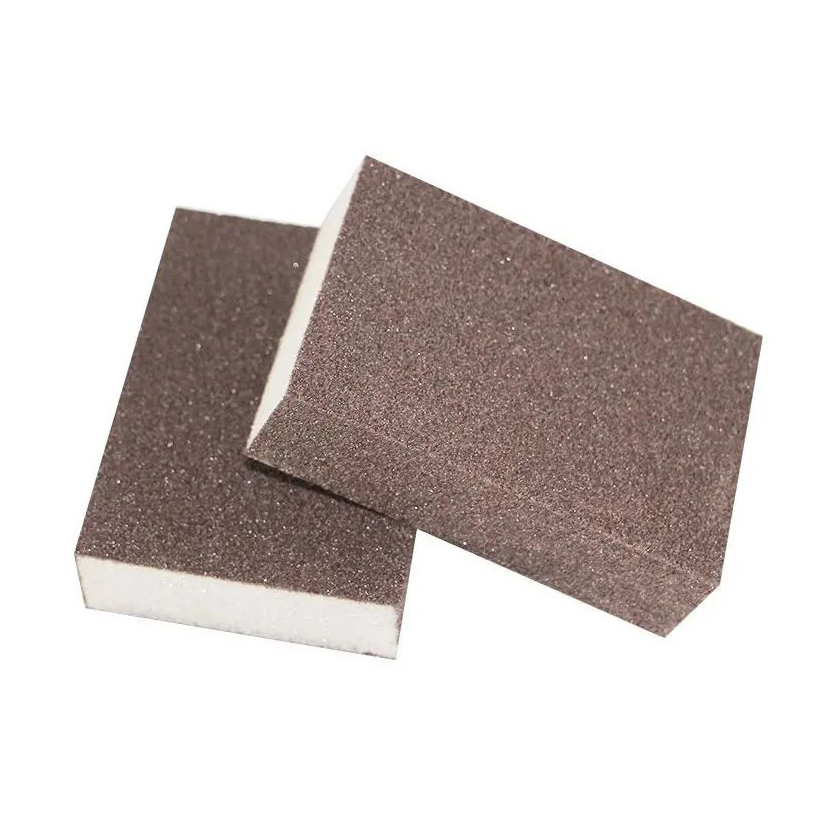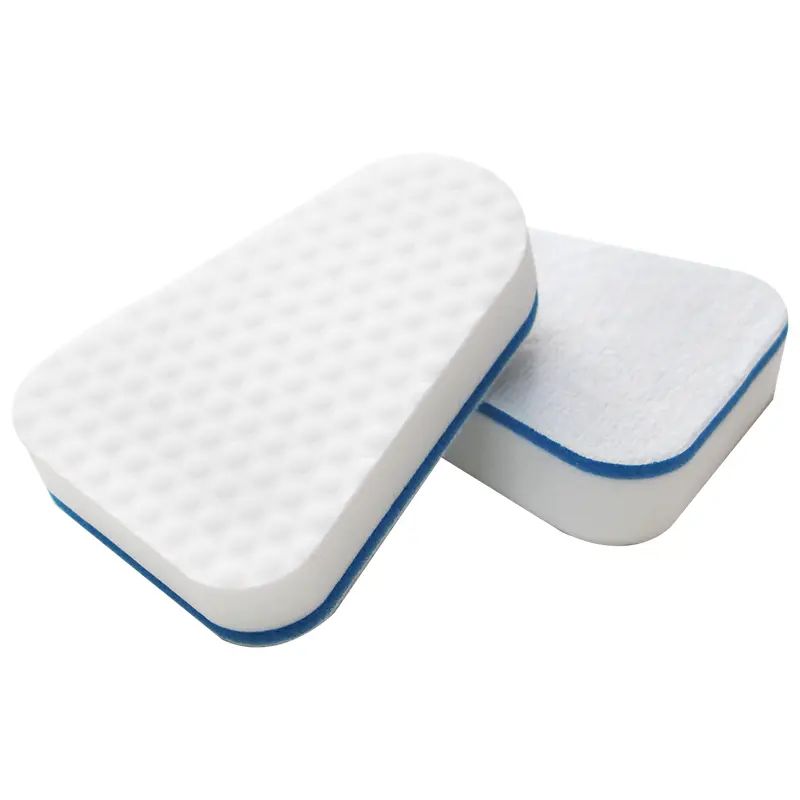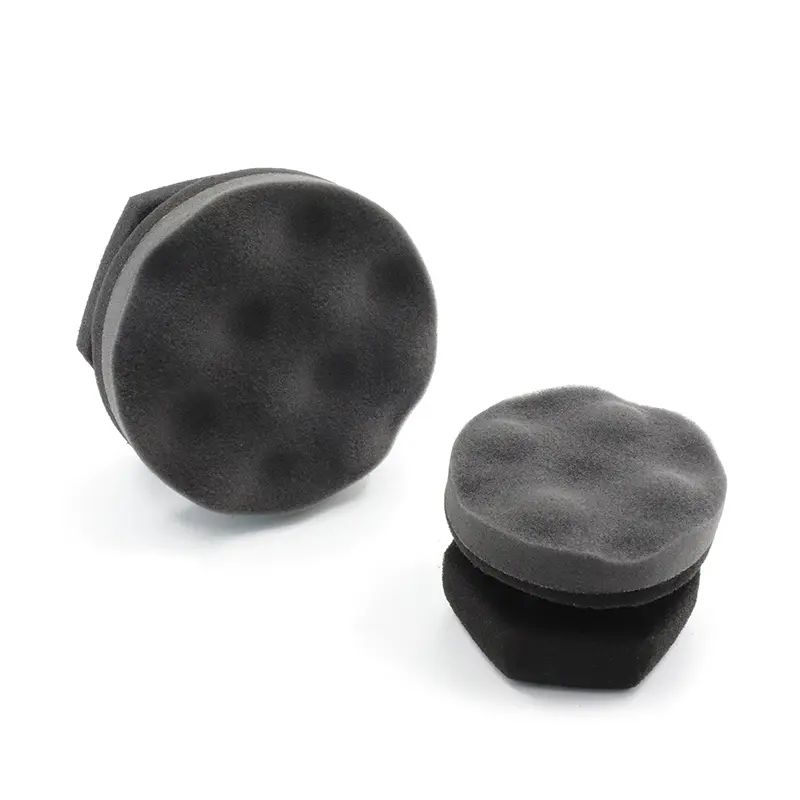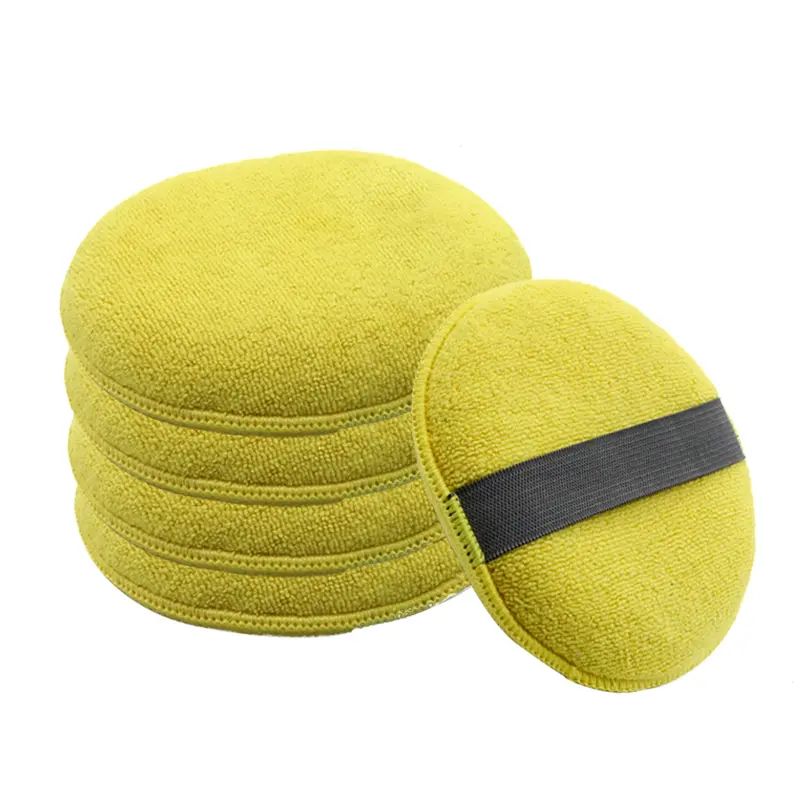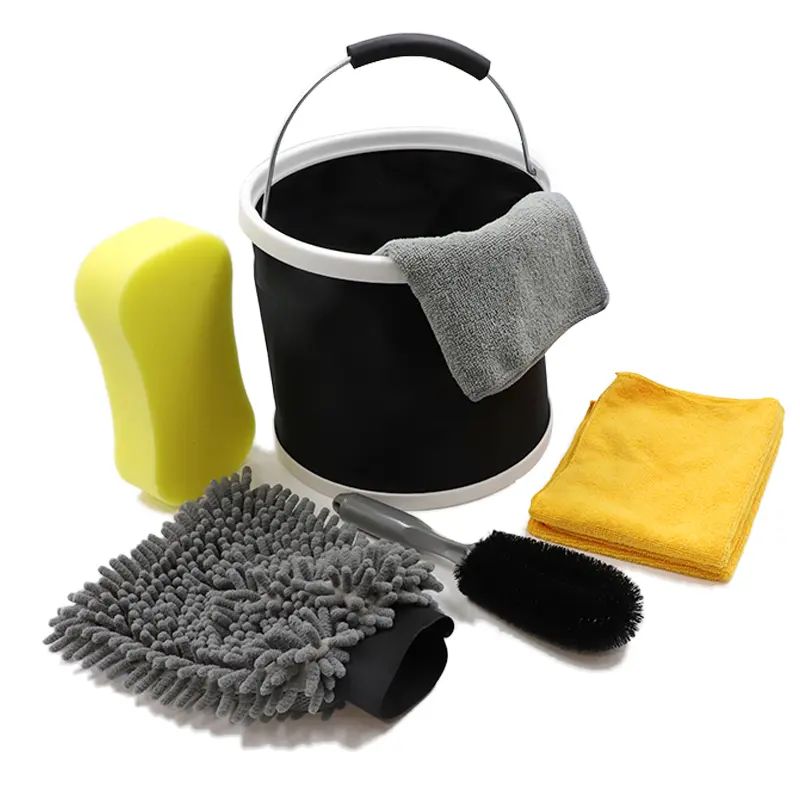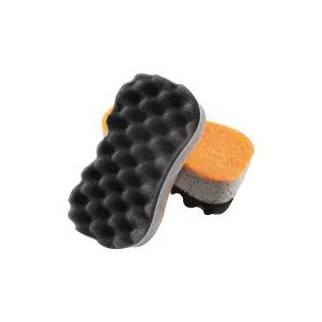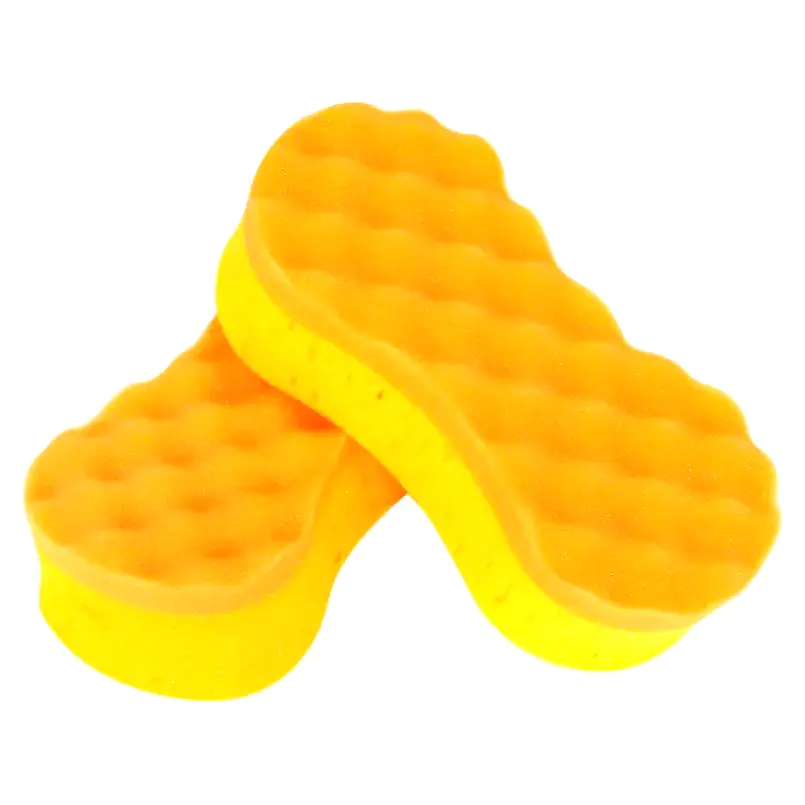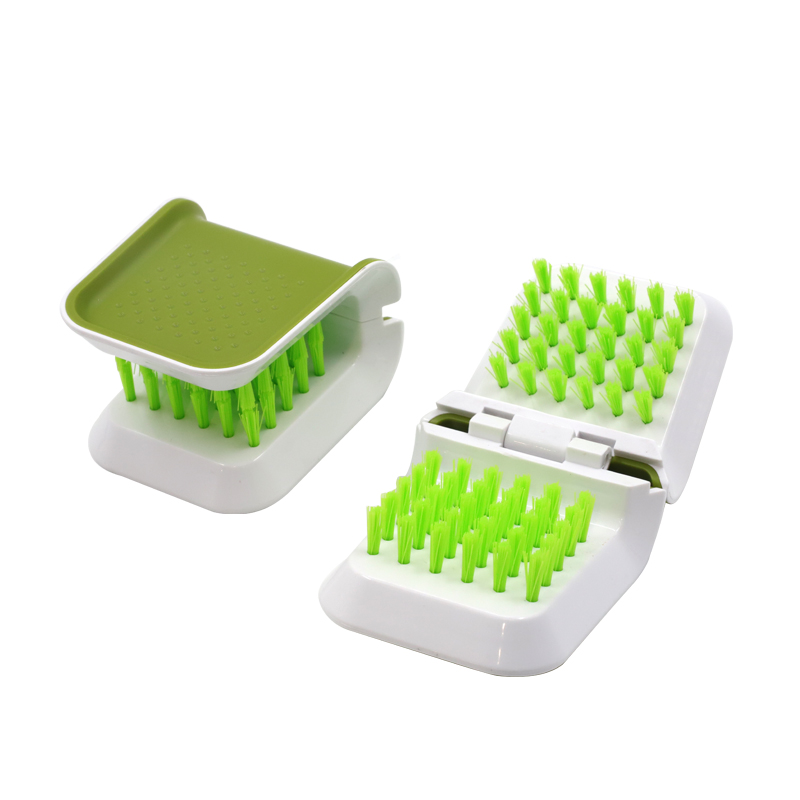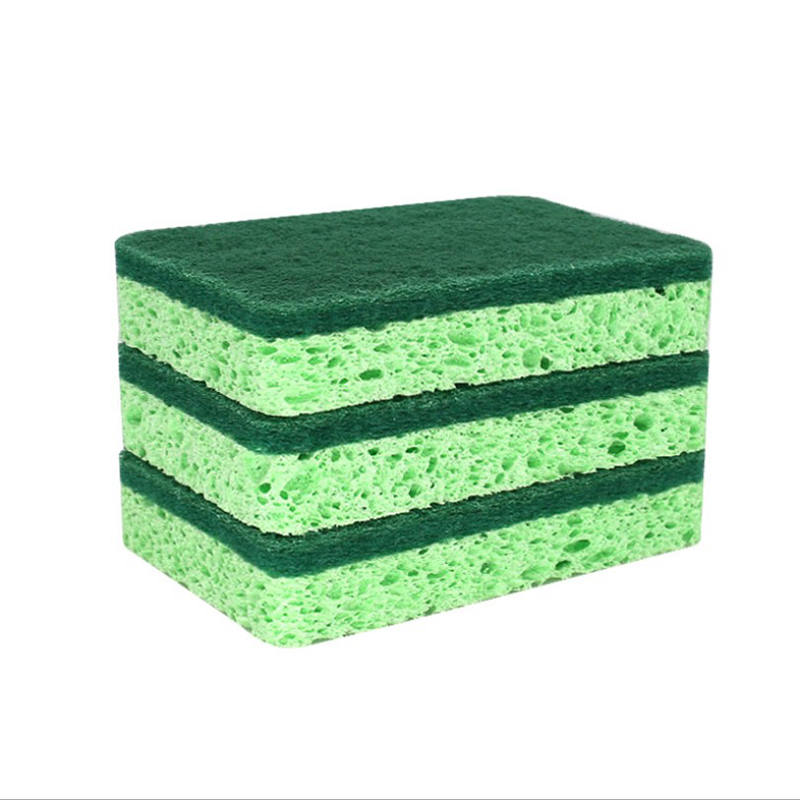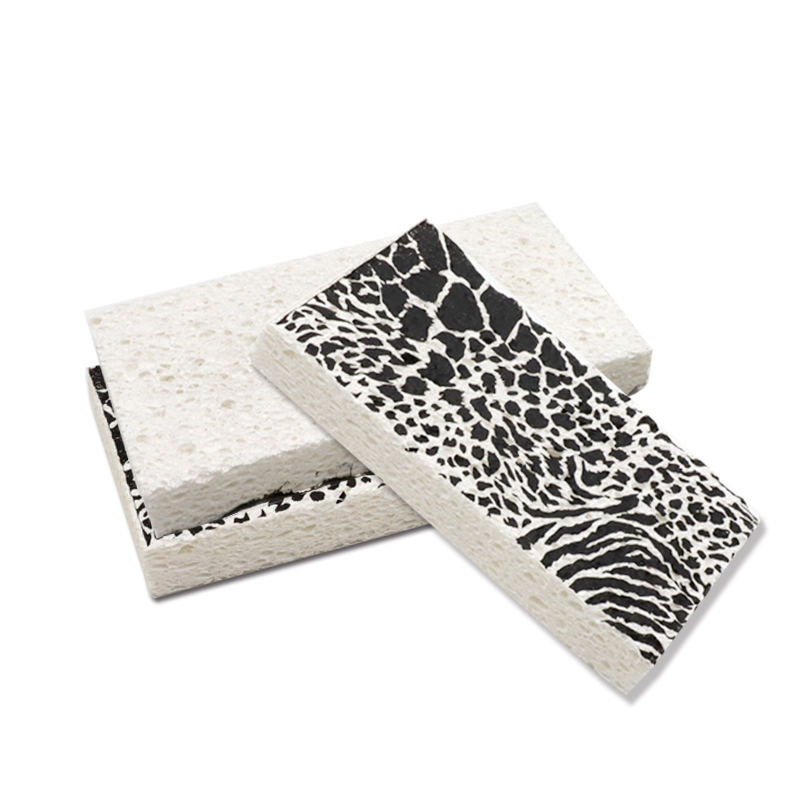How can you improve your bathing results by using a bath sponge?
To improve the effectiveness of your bath, it is crucial to use a bath sponge correctly. Bath sponges not only help cleanse the skin, but also remove dead skin cells, promote blood circulation, and enhance the overall bathing experience. When using a bath sponge, if you use it in the right way, it will significantly improve the cleanliness and smoothness of the skin, while adding comfort and relaxation.
It is important to choose a bath sponge that suits your skin type. There are many types of bath sponges on the market, including natural sponges and synthetic sponges. Natural sponges are usually softer and suitable for people with sensitive skin and dry skin. It can gently remove dead skin without causing too much irritation. Synthetic sponges are tougher and are suitable for skin that needs strong cleansing and exfoliation. If your skin is rough or you want a deep cleansing effect, it is better to choose a rougher synthetic sponge.
Before you start using it, make sure to fully wet the bath sponge. Put the sponge in warm water for a few minutes to allow it to absorb water and soften completely. A wet sponge will adapt better to the skin and be more comfortable to use. Then, take an appropriate amount of shower gel or soap and gently rub the sponge until a rich foam is produced. Rich foam not only cleanses the skin better, but also provides a gentle massage effect, making the bathing process more pleasant.
When using a sponge, use gentle circular massage movements to gradually clean the whole body. It is recommended to start from the upper body and slowly wipe downwards, especially some parts that are prone to dirt accumulation, such as the back, neck, elbows, knees and ankles. These parts are often prone to roughness due to less friction and more keratin accumulation. Gentle massage can not only effectively remove dead skin, but also promote blood circulation, helping the skin to be smoother and more delicate. Circular massage movements also help soothe muscles, reduce body tension, and enhance the overall relaxation experience.
For some people with rough skin or prone to dead skin accumulation, using a bath sponge for exfoliation is more effective. You can choose a rougher sponge and use an exfoliating product for deep cleansing. Exfoliating 1 to 2 times a week can not only remove the aging stratum corneum, but also allow the skin to better absorb subsequent skin care products, thereby maintaining the skin's luster and delicate feeling. When using, massage gently and avoid excessive force, as excessive friction may cause skin sensitivity or damage.
Although bath sponges have a significant cleaning effect, excessive use or long-term strong friction may cause a burden on the skin, especially for sensitive or dry skin, so the time of each use should be moderate. It is recommended to use the sponge for about 5 to 10 minutes each time you bathe. This can effectively clean the skin without over-irritating the skin surface.
Make sure to clean the sponge thoroughly. Residual shower gel and dirt are easy to breed bacteria and affect the service life of the sponge. After use, rinse the sponge thoroughly with clean water to ensure that there is no residual foam or dirt. Hang the sponge in a ventilated place to dry, and avoid placing it in a humid environment, as moisture promotes the growth of bacteria and mold. Keeping the sponge clean regularly not only helps to improve the hygiene effect of bathing, but also prolongs the service life of the sponge. The replacement cycle of bath sponges is also important. As the use time increases, the surface of the sponge will gradually wear and the cleaning effect will decrease. In order to maintain the best use effect, it is recommended to replace the sponge every 2 to 3 months, especially when the sponge becomes cracked, hardened or moldy, it should be replaced in time.
News Category
- Company News(31)
- Industry News(119)

 简体中文
简体中文 English
English Français
Français Português
Português 日本語
日本語 русский
русский Español
Español عربى
عربى